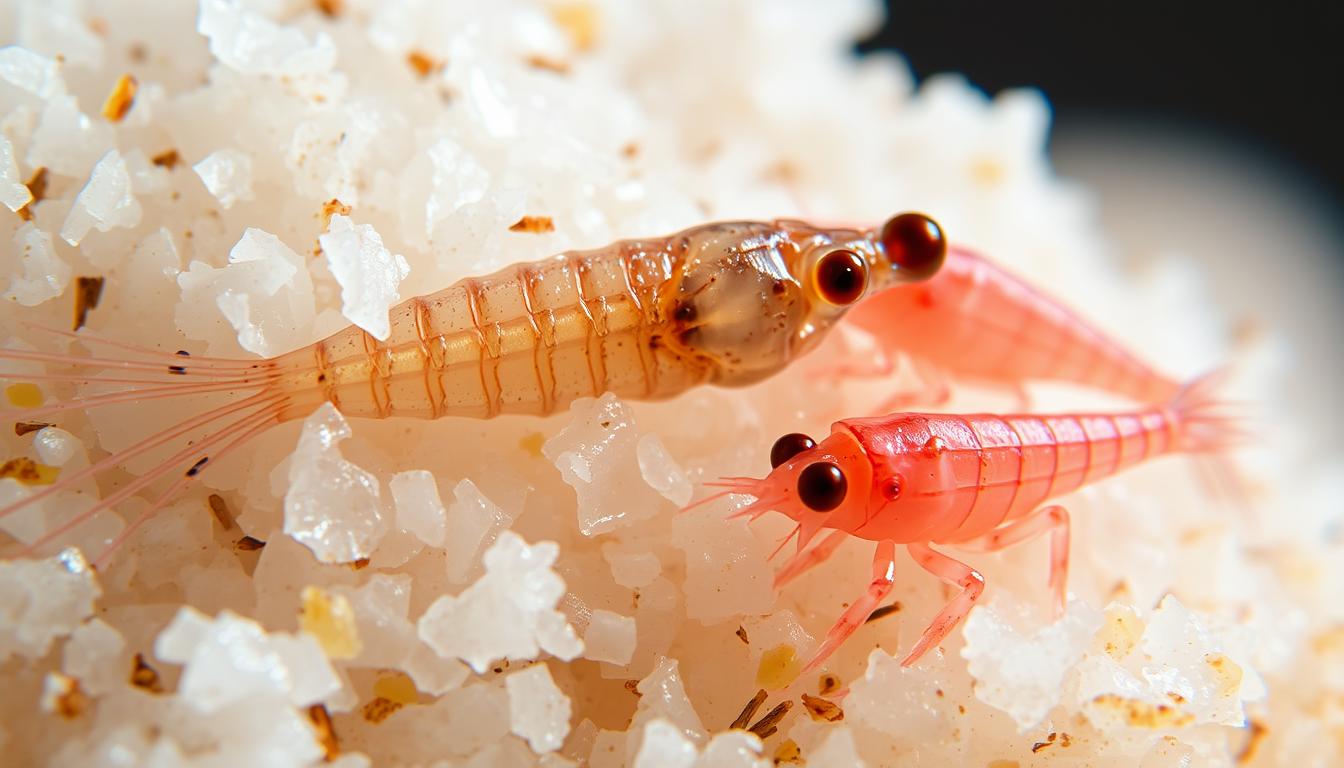Why Are My Cherry Barb Fish Losing Their Red Color?
This post may contain affiliate links.
Are you concerned about the vibrant red color of your Cherry Barbs fading away? This common issue among aquarium enthusiasts can be a sign of underlying health or environmental problems.
Cherry Barbs, native to Sri Lanka, are prized for their striking red coloration, especially in males. The loss of this color is not just an aesthetic issue, but often indicates a need for adjustment in their care.
Understanding the natural coloration patterns of these fish and the factors that influence their color is crucial. In this article, we’ll explore the common causes of color loss and provide practical solutions to restore their vibrant appearance.
Key Takeaways
- Proper tank conditions are crucial for maintaining the red coloration of Cherry Barbs.
- Male Cherry Barbs naturally display more vibrant red coloration than females.
- Color loss can be a sign of underlying health or environmental issues.
- Understanding the natural coloration patterns is essential for addressing color loss.
- Regular water changes and a balanced diet can help restore their vibrant color.
Understanding Cherry Barb Coloration
Understanding the natural coloration of Cherry Barbs is crucial for their care. Cherry Barbs are small, elongated fish with a relatively compressed body, reaching about 5 cm in length.
Natural Coloration of Cherry Barbs
Healthy Cherry Barbs display specific color characteristics. Wild specimens from Sri Lanka exhibit a distinct color pattern that may slightly differ from captive-bred varieties. The natural coloration includes a bright cherry-red color in males and a more subdued tannish-red color with pinkish stripes in females.
Gender Differences in Coloration
Male Cherry Barbs are known for their bright cherry-red coloration, which becomes more intense during breeding. Females, on the other hand, have a fawn-colored top with a greenish sheen and gleaming silver highlights on their sides and belly. They may also display a rosy tone on their back and upper sides.
The Importance of Red Coloration
The red coloration in Cherry Barbs serves several biological purposes, including camouflage, species recognition, and sexual selection advantages. During breeding, males become exceptionally vibrant to attract females and establish dominance. Understanding these natural coloration patterns is essential for diagnosing abnormal color loss.
Common Causes of Color Loss in Cherry Barbs
Cherry Barbs are naturally colorful fish, but their color can fade due to various reasons, including poor water quality, inadequate nutrition, and stress.
Poor Water Conditions
Poor water quality is often the primary culprit behind color loss in Cherry Barbs. Parameters like ammonia, nitrite, and nitrate levels can cause stress and subsequent color fading. Maintaining optimal water conditions is crucial.
Inadequate Diet and Nutrition
Nutritional deficiencies, particularly lack of carotenoids and other color-enhancing compounds, directly affect the intensity of red pigmentation in Cherry Barbs. Providing a balanced diet that includes these essential nutrients is vital.
Stress Factors
Various stress factors can cause color fading, including aggressive tankmates, overcrowding, frequent tank maintenance disturbances, and lack of hiding places. Minimizing these stressors can help maintain the vibrant color of Cherry Barbs.
Unsuitable Tank Environment
An unsuitable tank environment that lacks the natural elements of their native habitat can lead to chronic stress and color loss. Cherry Barbs thrive in heavily planted areas with shaded regions and appropriate substrate.
| Factor | Ideal Condition | Effect on Color |
|---|---|---|
| Water Temperature | 72-80°F (22-27°C) | Stable temperature maintains vibrant color |
| pH Level | 6.0-8.0 | Sudden changes can cause color loss |
| Diet | Balanced, nutrient-rich | Adequate nutrition enhances color intensity |

How to Restore Your Cherry Barb’s Red Color
Restoring your Cherry Barb’s vibrant red color requires attention to several key factors in their environment and diet. By optimizing these elements, you can help bring back their striking appearance.
Optimizing Water Parameters
To optimize water parameters, regularly test the water quality, perform partial water changes, and maintain stable temperature and pH levels. This helps reduce stress on your Cherry Barbs, promoting healthier coloration.
Color-Enhancing Foods

Feed your Cherry Barbs color-enhancing foods rich in natural carotenoids, such as krill flakes, baby brine shrimp, and bloodworms. These nutrients help restore their vibrant red color.
Creating an Ideal Tank Setup
Create a tank setup that mimics the Cherry Barb’s natural habitat by incorporating dense planting schemes, darker substrates, and natural decor like driftwood. This environment helps reduce stress and enhance their red color.
Reducing Stress in Your Aquarium
To minimize stress, keep Cherry Barbs in groups of at least 6, with a ratio of 2 females to 1 male. Proper acclimation, compatible tankmates, and regular maintenance routines also contribute to a stress-free environment.
Restoring your Cherry Barb’s red color requires patience, as improvements may take several weeks. By following these guidelines, you can help your fish regain their vibrant appearance.
Conclusion
Faded color in Cherry Barbs is often a symptom of underlying issues rather than a disease itself. To restore their vibrant red color, it’s crucial to address poor water conditions, inadequate diet, and stress factors. Maintaining optimal water parameters, providing a balanced and carotenoid-rich diet, and creating a suitable tank environment are key to maintaining their coloration.
Cherry Barbs thrive in well-established community tanks with proper male-to-female ratios and sufficient group sizes, encouraging natural behaviors and breeding displays. With consistent care, Cherry Barbs can live for 4-7 years and maintain their vibrant color throughout their lifespan. Successfully maintaining vibrant Cherry Barbs can lead to natural breeding behaviors, a clear sign of healthy, thriving fish.
We encourage you to share your experiences and success stories with restoring your Cherry Barbs’ coloration in the comments below.
